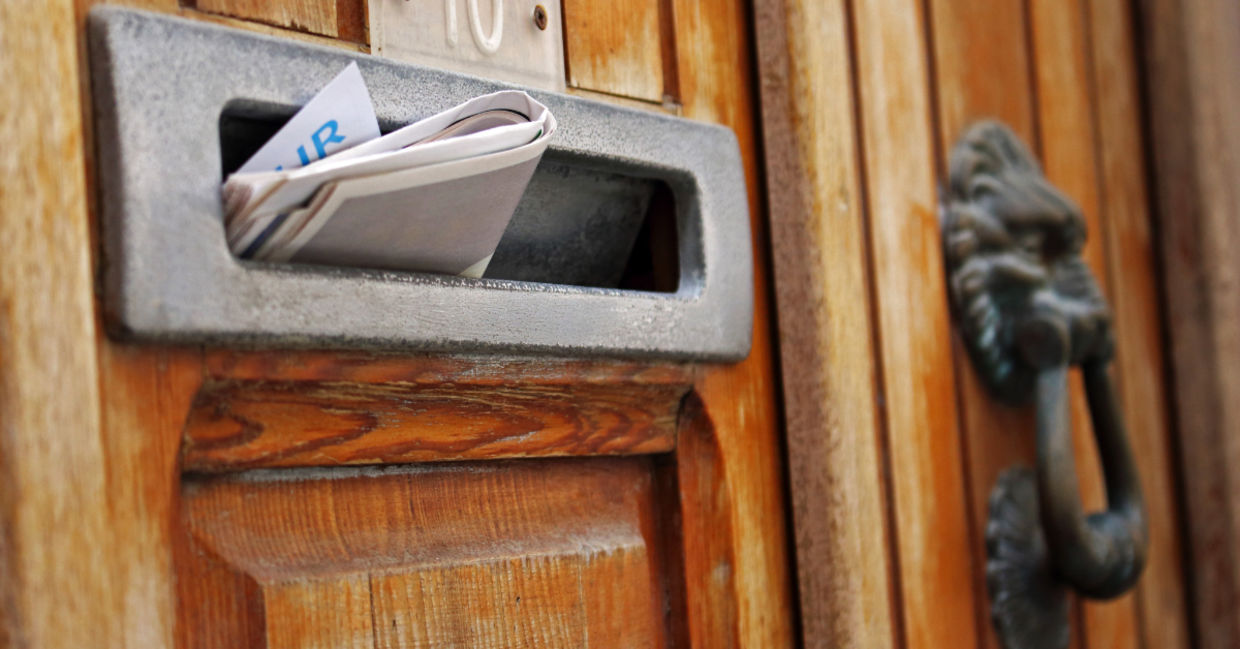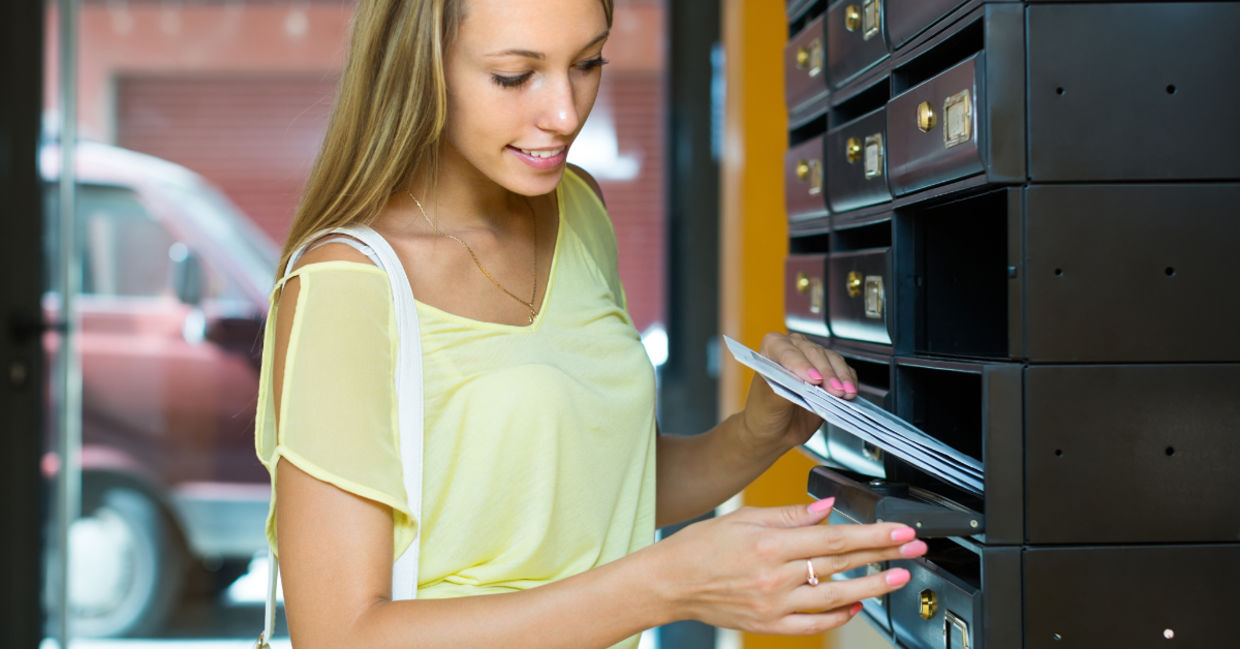
(Marija_Crow / Shutterstock.com)
On average, one ton of paper recycled saves 17 trees. That’s a lot of trees! And businesses know this. In fact, they even receive payment for the recycled paper, says Recycling Works, a Massachusetts recycling assistance program. But when it comes to marketing and advertising, it seems like companies don’t always take the environment into account, filling our mailboxes on a daily basis. But perhaps there is something we can do about it!
Amsterdam, the beautiful city in the Netherlands, aka the “Venice of the North”, introduced an opt-in system for mail in 2018. According to Reasons to be Cheerful, several other Dutch cities adopted this new initiative soon after that as well.
How Amsterdam’s opt-in mail system works
In most places in the world, people can put a sticker with a message to the mailman with something along the lines of “No adverts in this mailbox please”. Amsterdam does the opposite: the default is that people don’t get that type of mail unless they opt-in. The only people that receive bulk mail, reports Expat Holland, are the ones who put a “Nee-Ja”sticker, which means they accept and want to receive unsolicited mail addressed to them. A resident that wishes to receive bulk mail needs to put a “Ja-Ja” sticker on their mailbox. As you’ve probably guessed, Nee means “No”, and Ja means “Yes” in Dutch.

(BearFotos / Shutterstock.com)
Amsterdam’s impressive opt-in mail stats
So how many households actually want to receive bulk mail? 23% of Dutch residents have opted-in and have the Ja-Ja sticker on their mailbox. And what’s more, someone who has not opted-in and who then receives unwanted mail can contact their local municipality, who will impose a hefty fine on the sender. It seems as though this tactic has been effective, as Amsterdam is currently saving about 6,000 tons of paper per year, which equals about 102,000 trees!
If a similar paper-saving system were to be adopted in the United States, the statistics would be even more significant. Although digital marketing is on the rise, it is difficult to replace an ink-and-paper coupon or voucher that arrives in your mail-box, shiny, glossy and ready to be redeemed. And although it may feel great to receive this type of communication in our mailboxes in an era where stamps and letters are almost extinct, we need to consider the environmental impact of unsolicited mail.
In the US, consumers receive about 100 billion items of junk mail per year, most of it unwanted. In Germany, households receive about 1.2 billion kilograms of junk mail per year, reveals Letzte Werbung, a non-profit organization whose goal is to free German mailboxes from unwanted advertising mail. That is a steep environmental price to pay.
Using psychology to save the world
Ultimately, even though marketing and advertising agencies oppose the new opt-in system, it feels like the right thing to do. This is because, as an article in Medium explains, the way human psychology works is that people tend to go with the default, which is why having to opt-out is an ineffective way to gauge if a person wants to receive the mail or not.
It seems like the opt-in method is actually a workable one, and hopefully more countries will be adopting it. It makes residents happy and the world cleaner. And perhaps, if advertising companies and marketing departments focus on growing in their digital marketing instead of the more antiquated methods that people don't seem to care much for, this can be a win-win for them too.







